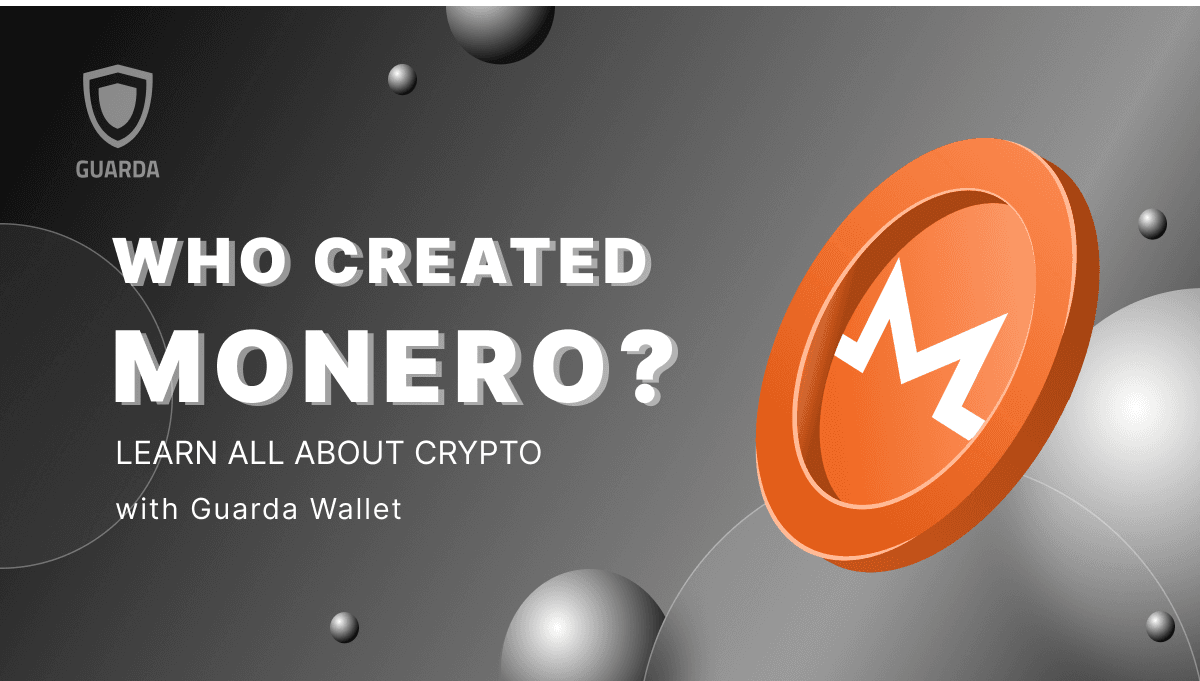Ethereum has been struggling with scalability issues for quite some time now. As more and more decentralized applications (dApps) are being built on the network, the existing infrastructure is becoming increasingly strained. This has led to slower transaction times and soaring gas fees, which has made it difficult for small investors to participate in the ecosystem. That is where layer 2 scaling solutions like Arbitrum and Optimism appear.
What is Arbitrum?
Arbitrum is a Layer 2 scaling solution for Ethereum. It aims to make it faster and cheaper to transact on the network. The platform is built on top of Ethereum, which means that it is fully compatible with existing Ethereum smart contracts and dApps. Arbitrum uses a technology called Optimistic Rollups to bundle transactions together and submit them to the Ethereum mainnet in batches. This helps to reduce transaction fees. It also increases transaction speeds, making it easier for users to participate in the Ethereum ecosystem.
What is Optimism?
Optimism is another Layer 2 scaling solution for Ethereum designed to make the network faster and more efficient. The platform uses a technology called Optimistic Rollups, which is similar to what Arbitrum uses. However, Optimism has also developed its own unique features, such as the Optimism Bridge, which allows users to move assets between Ethereum and Optimism quickly and easily.
How do Arbitrum and Optimism Compare?
Both Arbitrum and Optimism use Optimistic Rollups technology that makes Ethereum transactions faster and cheaper. However, there are some key differences between the two platforms. For example, Arbitrum is currently fully operational, while Optimism is still in beta testing. As a result Arbitrum has a head start in terms of adoption and user base. Additionally, Arbitrum has a higher throughput than Optimism, which means that it can process more transactions per second. On the other hand, Optimism has a more comprehensive set of features, such as the Optimism Bridge, which makes it easier for users to move assets between Ethereum and Optimism.
What is the Optimism Ecosystem?
The Optimism ecosystem is a decentralized network of validators that help to maintain the integrity and security of the platform. Validators are responsible for verifying transactions and ensuring that they are processed correctly. In return for their services, validators receive a portion of the network fees that are collected by the Optimism platform. These fees are used to incentivize validators to act in the best interests of the network.
What are Network Fees?
Network fees are the fees that are charged by the Optimism platform for processing transactions. These fees are paid by users and are used to compensate validators for their services. Network fees are an important part of the Optimism ecosystem, as they help to ensure that validators are incentivized to act in the best interests of the network.
What is the Optimism Bridge?
The Optimism Bridge is a feature of the Optimism platform that allows users to move assets between Ethereum and Optimism quickly and easily. This is important because it allows users to take advantage of the benefits of both platforms. For example, users can move their assets to Optimism to take advantage of faster transaction times and lower fees, and then move them back to Ethereum when they need to interact with dApps that are only available on the Ethereum network.
Which Ethereum Scaling Solution is Superior?
To sum up, both Arbitrum and Optimism are promising Ethereum scaling solutions. They are designed to make the network faster and more efficient. Arbitrum has a head start in terms of adoption and user base, but Optimism has a more comprehensive set of features, such as the Optimism Bridge. Ultimately, the choice between Arbitrum and Optimism will depend on your specific needs and use case. However, both of these platforms are worth considering if you are looking for a way to participate in the Ethereum ecosystem without having to deal with slow transaction times and high gas fees.



